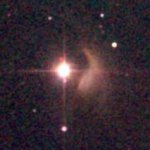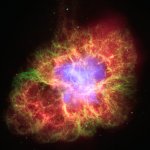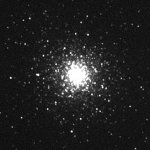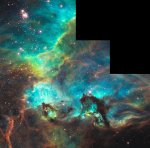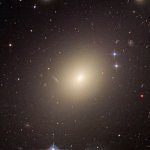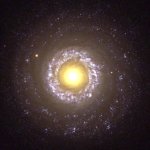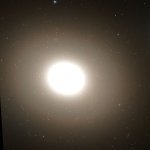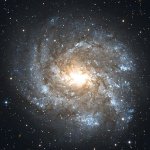The center of our solar system is the star which makes up 99% of its mass, the Sun (Sol). It is the source of most of the light and heat within the solar system, and so massive that it draws all of the other smaller bodies within the solar system into orbit around it.
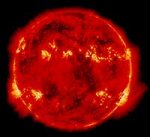 |
There are four small, rocky planets which orbit near to the Sun: Mercury, Venus, our lovely home, Earth, and Mars. They make up the Terrestrial planets, so called because they all share common characteristics with Earth (Terra). They tend to have accreted one or two moons, either small forming planets (planetoids) or asteroids which ventured too near to the planets and were caught up in their gravitational fields.
 |
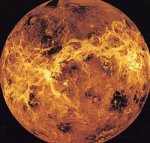 |
 |
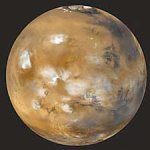 |
There are four large, gas-dominated planets which orbit further away from the Sun, in the colder regions of the solar system: Jupiter, Saturn, Neptune, and Uranus. These ringed gas giants are roughly ten times larger (in radius) than the Terrestrial planets, and made up of hydrogen and other light gases rather than solid rocks and dirt. Though they are much less dense than the Earth (think of comparing a cloud to a rock), their immense sizes make them much more massive overall. Because of this, their strong gravitational fields are able to attract and retain tens of individual moons (either small rocky planetoids or asteroids, often from the asteroid belt found between Jupiter and Mars).
 |
 |
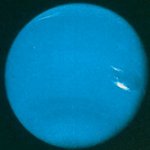 |
 |
Just as the planets all orbit the Sun, the moons all orbit the planets in turn. Many planets are able to attract smaller objects into orbit around them, like our own moon, Luna, or the tens of moons like Europa and Ganymede surrounding Jupiter. These rocky and icy balls are often heated by tidal forces from their primaries (their host planets, making them less frozen and cold than they would be if on their own. There are more than 300 of them in total.
Many moons used to be small, isolated rocks orbiting the Sun proper, or asteroids, which were then caught by the strong gravitational forces of a nearby planet. In contrast, contested planet Pluto (discovered by Clyde Tombaugh, who founded the Astronomy Department at New Mexico State University), was probably once a moon orbiting Neptune, but broke free in an early two-planet collision when the forming solar system was a lot more disorderly.
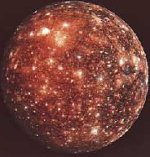 |
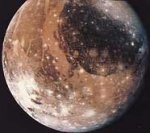 |
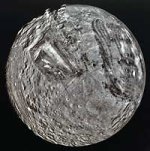 |
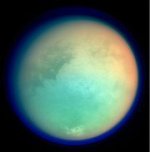 |
The asteroids are hundreds of thousands of small rocks left over from the planet-building epoch of the early solar system. They are difficult to find because they are small, cold, and dark. They tend to congregate between the orbits of Mars (the last of the Inner Planets) and Jupiter (the first of the Outer Planets), within the asteroid belt.
 |
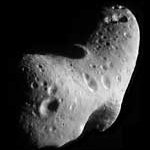 |
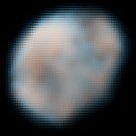 |
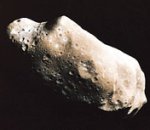 |
There are more than 3,500 comets in the solar system. These small balls of rock and ice tend to be found on highly elliptical orbits, spending hundreds of years moving slowly through the outer reaches of the solar system and then blazing into incandescence briefly as their brief passages near to the Sun cause them to heat up and evaporate.
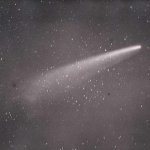 |
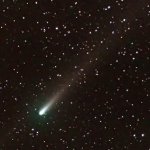 |
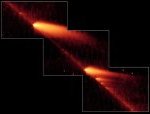 |
 |
There are many small rocky bodies like Pluto, found beyond the Outer Planets in the cold, empty reaches of the solar system. You may have heard some of their names, such as Quaoar, Maumea, Sedna, and Eris. Some of them have even tinier moons which surround them, like Pluto's faithful Charon. Because they are so small, so faint, and so far away, we have a few only fuzzy images (and artists' drawings) of them to date.
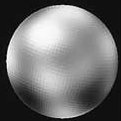 |
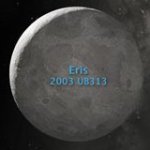 |
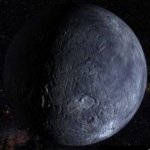 |
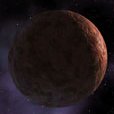 |
